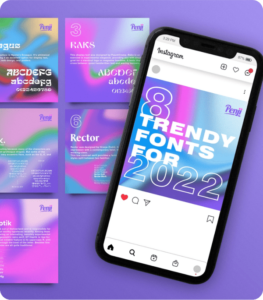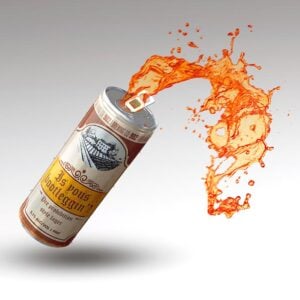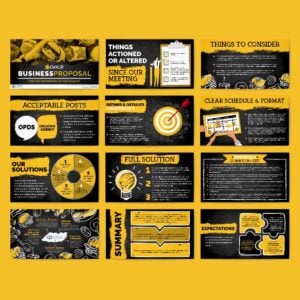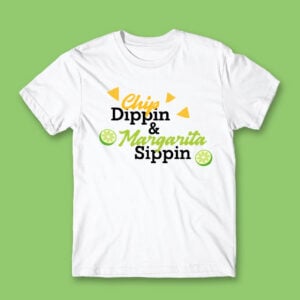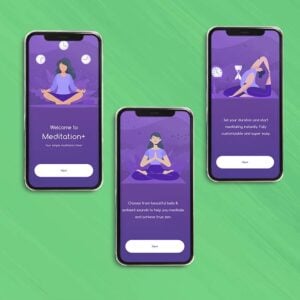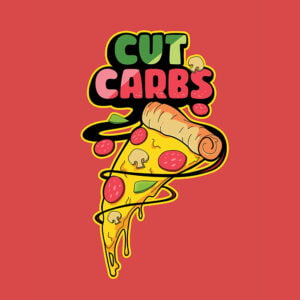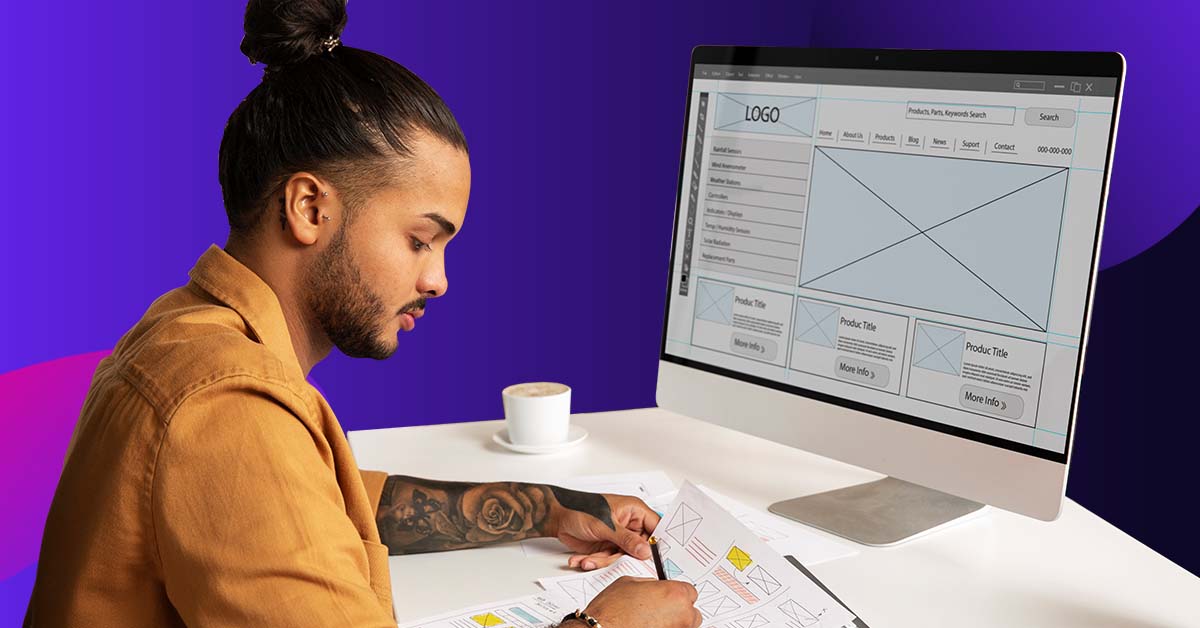
Designing a website header is a crucial part of setting the tone for the rest of your website.
As important as it is, however, many non-designers often don’t have a lot of background in website elements.
In this article, we’ll discuss the basics of designing a website header, including the key elements needed to build an effective one. We’ll also look at website header examples and offer tips on how you can optimize your header to boost overall engagement.
Table of Contents
What is a Website Header?
A website header is a crucial part of a webpage that is the main navigation tool and branding element. Its primary purpose is to offer quick access to useful information and features, thus boosting user experience.
Though website headers are most usually seen at the top of the page, some ventures ask their website design company to experiment with placing them elsewhere on the webpage.
For instance, data from ForegroundWeb shows that though eight out of ten websites have headers at the top of the page, a little less than one out of ten websites put the header on the left side.
Website Header Position (Data Source – ForegroundWeb)
In addition, 3% of websites put the header at the bottom of the page, while 7% use a hamburger menu. This approach refers to a menu icon that resembles a hamburger, typically consisting of three horizontal lines stacked on top of each other. When clicked or tapped, the “hamburger” icon reveals a hidden navigation menu.
An example of a hamburger menu (Screenshot from Wix)
Benefits of a Well-Designed Website Header
Here are some of the reasons why designing a website header is crucial for any brand:
- Easy Navigation and Reduced Bounce Rates. When a header is well-designed, visitors will find what they’re looking for easier and quicker. As a result, visitors will have a better user experience and will possibly stay on your website longer.
- Consistent Branding. Because the header often includes the brand’s logo, taglines, and more, it reinforces the brand identity. This, in turn, helps make a lasting impression on visitors.
- Higher Conversion Rates. Well-designed headers allow for the visibility of critical elements, including contact information, shopping carts, and social media links. By prominently displaying these elements, you guide your visitor toward desired actions, such as making a purchase or signing up for a newsletter.
Website Header Elements with Examples and Actionable Tips
Here’s a common question we encounter regarding page headers: how to design a header for a website?
Designing a website header can be tricky, especially if you don’t know the basics. Whether you’re using outsourced design services, hiring a creative marketing firm, or creating your website yourself, here are the elements to keep in mind:
Logo Placement
Since the logo is a central element of your brand identity, it makes sense that it must be prominently displayed in your header. In addition, including your logo reinforces brand recognition and trust.
More often than not, logos are placed at the top left corner of the page, as it is where eyes naturally begin when scanning the page.
- Actionable Tip: Ensure your logo is high-resolution and has a transparent background to maintain a professional look on different devices and backgrounds. Take a look at the Penji website for inspiration. But of course, we have professional graphic designers, so our website design is on point!
Penji website with logo in the header
Navigation Menu
The navigation menu offers links to the main sections of the website. That said, it allows users to find what they need quickly and efficiently. It foes goes without saying that a well-organized menu enhances user experience.
But just how many navigation menu items should you include? The answer widely varies depending on your industry and unique needs as a business. However, just for quick reference, one study revealed that most websites surveyed had five or six items in the main navigation.
Top-Level Navigation Menu Items (Data Source – ForegroundWeb)
- Actionable Tip: Limit your main navigation menu to five or six items to keep it concise and user-friendly. Ensure each item leads to a significant section of your site. For instance, Starbucks’ header menu features three items, giving it a clean and simple aesthetic.
Starbucks’ header menu
Call-to-Action (CTA) Buttons
CTA buttons in the header help drive engagement, including buttons that say “Sign Up,” “Contact Us,” or “Log In.” Since these buttons are meant to draw attention and boost conversion, they typically use contrasting colors and a clear and compelling copy.
- Actionable Tip: Use a vibrant, contrasting color for your CTA buttons and position them strategically within the header to make them stand out and encourage clicks. For example, Mailchimp uses a yellow CTA button that captures visitors’ attention.
Mailchimp’s header CTA button
Search Bar
Though not all brands use a search bar in the header, this is a good addition to help visitors find something easily. This element is crucial for ventures that offer many items, such as e-commerce sites.
- Actionable Tip: One way to make the search bar easy to absorb is by using the magnifying glass icon. Since this is a universal symbol for search, viewers can easily find and use it. Amazon offers an excellent example of the header search bar:
Amazon’s header search bar
Utility Bar
A utility bar, typically placed above or below the main header, can include contact information, language selection, or login links.
- Actionable Tip: Keep the utility bar minimalistic and focused, placing only the most essential secondary links to avoid cluttering the header space. For a simple utility bar, take a cue from Booking.com’s header:
Booking.com’s header utility bar
The Lowdown
Designing an effective website header is essential for an excellent user experience. Remember, however, that the goal is to not only make your header visually appealing but also user-friendly. Doing so can encourage visitors to explore your site and take action.
Need help with website design? Penji offers top-notch design services to bring your vision to life. Watch a demo today and learn how Penji can take your website to the next level.
About the author

Carla Deña
Carla is a journalist and content writer who produces stories for both digital and legacy media. She is passionate about creativity, innovation, and helping small businesses explore solutions that drive growth and social impact.

